Hinsdale, Illinois, is renowned for its charming residential areas and historic homes. The village offers a suburban lifestyle with easy access to downtown Chicago. With its excellent school system and vibrant community events, Hinsdale is a wonderful place to live and raise a family. Hinsdale's commitment to maintaining beautiful and functional homes makes it a prime location for DIY home improvement projects.
Conducting a DIY sewer camera inspection at home can save you time and money by identifying potential issues before they become major problems. At J Blanton Plumbing, we want to empower homeowners in Hinsdale with the knowledge to handle basic sewer inspections themselves. This article provides step-by-step instructions on how to perform a sewer camera inspection, ensuring you can maintain your sewer lines effectively.
Tools and Materials You’ll Need
Before starting your sewer camera inspection, gather the following tools and materials:
- Sewer camera (available for rent or purchase)
- Gloves
- Protective clothing
- Flashlight
- Notepad and pen (for notes)
- Bucket and sponge (for cleaning)
Step-by-Step Guide to Sewer Camera Inspection
1. Prepare the Area
Safety First:
- Wear gloves and protective clothing to avoid contact with any harmful substances that may be present in the sewer line.
Locate the Cleanout:
- Find the main sewer cleanout, typically located in the basement, crawl space, or outside the house. It’s a capped pipe that provides direct access to the sewer line.
2. Set Up the Sewer Camera
Rent or Purchase:
- You can rent a sewer camera from a local hardware store or purchase one if you plan to perform regular inspections.
Familiarize Yourself:
- Read the instructions to understand how to operate the camera. Ensure the battery is fully charged or the power source is ready.
3. Conduct the Inspection
Remove the Cleanout Cap:
- Use a wrench to carefully remove the cap from the sewer cleanout. Be prepared for some water or debris to come out.
Insert the Camera:
- Slowly insert the camera into the cleanout, feeding it gently into the sewer line. Use the flashlight to ensure proper visibility.
Monitor the Video Feed:
- Watch the video monitor as you push the camera further into the line. Take your time and observe any blockages, cracks, or other issues.
Take Notes:
- Use the notepad to jot down any significant findings, including the location and nature of the problem. This information will be helpful if you need to seek professional assistance later.
4. Analyze the Findings
Identify Issues:
- Look for common problems such as root intrusion, pipe corrosion, cracks, or blockages. Make note of their locations for targeted repairs.
Decide on Actions:
- Determine if the issues identified can be resolved with DIY methods or if you need professional intervention. Simple blockages might be cleared with a drain snake, but significant damage will require a plumber.
5. Clean and Store the Equipment
Clean the Camera:
- After completing the inspection, carefully remove the camera from the sewer line. Clean it thoroughly with a bucket of water and a sponge to remove any residue.
Store Properly:
- Store the camera and related equipment in a dry, safe place for future use.
Benefits of DIY Sewer Camera Inspection
Early Detection:
- Identifying issues early can prevent costly repairs and major damage to your home.
Cost Savings:
- Conducting your own inspections saves money on service calls and professional inspections.
Knowledge and Control:
- Understanding the condition of your sewer lines gives you control over maintenance and repair decisions.
Conclusion
Conducting a DIY sewer camera inspection at home in Hinsdale is a practical and cost-effective way to maintain your sewer lines. By following these step-by-step instructions, you can identify and address potential issues before they escalate. For more complex problems or professional assistance, J Blanton Plumbing is here to help.











